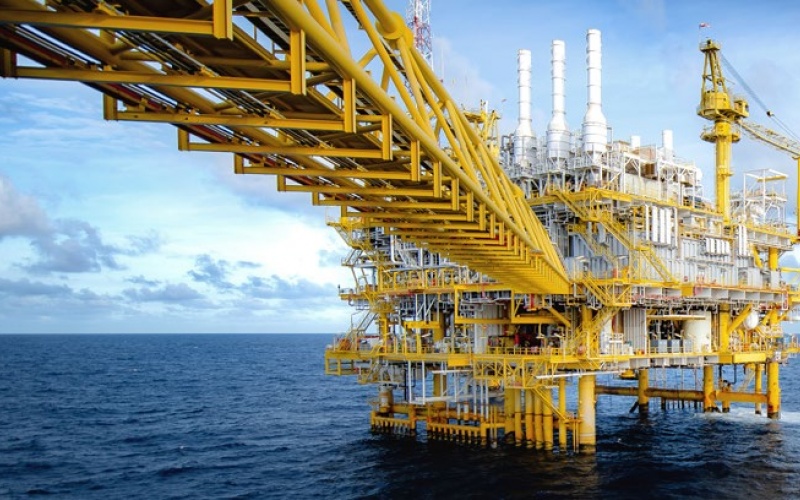
After a year that started with the biggest pandemic in more than 100 years which had the impact of dropping oil prices into negative values, we have been seeing a slight recovery in 2021. Oil prices recently reached over $70 and are starting to re-animate the upstream business again. Access to capital, public image, corporate resiliency, workforce efficiency, portfolio diversification, TOTEX (total expenditure) reduction and the shift to renewables are not new challenges to the industry, but 2020 amplified the demands of the stakeholders in upstream onshore exploration and production.
So, what is the answer to the acceleration of these challenges? Digital transformation is the key to reach CAPEX and OPEX optimisation, uptime and to reduce time to first oil. And the digital solutions put in place to optimize operations and increase yield also increase efficiency and use less resources which support sustainability efforts. All the above appeal to a new generation of digitally capable and environmentally conscious workers as well as offering increased agility and flexibility to the potential need of remote workers. At the end of the day, digitalisation is addressing the key needs of the upstream market to deliver greater energy and process efficiency.
A shift towards a more efficient model thanks to data analysis
Empowering the workforce, through complete coverage of the asset lifecycle, to make data-driven decisions that reduce risk, improve operational performance and optimise production throughout the entire project and asset lifecycle will enable upstream operators to keep pace with the demands placed on the industry.
Data-driven decision making is defined not only by collecting data, but also by how and if it is used in making crucial decisions. It means being able to analyse any asset for real performance compared to the expected or most optimised performance and having the right information to define the best time for maintenance throughout the operating life. Also, being able to determine what good looks like so you know how to operate and maintain that equipment for optimum performance.
Going further with data driven analysis, the use of AI machine learning concept allows failure predictive analysis. That means, prediction of possible failures based on the equipment conditions of operations or performance. The use of an intelligent algorithm analysing the data, can provide earlier alerts when performance is starting to deviate or deteriorate and will avoid costly failures.
EcoStruxure solutions allow connectivity everywhere, power and process integration, and a TOTEX approach.
Looking at the long-term value of investment decisions
The TOTEX approach is about spending money to achieve outcomes regardless of its CAPEX or OPEX. This is the foundation of the approach we call EcoStruxure Power and Process, which breaks down silos and delivers real time information of common assets. Electrical power management and process automation have long been designed and operated independently, but IoT and
digitalization have enabled a level of connectivity to manage these two domains differently in the future. To boost efficiencies and cut costs, oil, gas, and petrochemical companies have begun
to consolidate their automation and electrical operations.
How can decarbonisation be achieved?
You probably heard that a key driver for decarbonisation is electrification. But to be successful, we need power availability, power reliability and power quality, which only can be achieved with a secure source of energy and an energy efficient monitoring & control system, using existing technologies, from sensors to predictive maintenance, machine learning applications and
the use of power advisors. This enables failure prediction and availability of real-time and reliable information for better operational decisions. The creation of micro grids with digital intelligence to assure quality and reliable power. The use of clean energy like solar and wind will create the path to reduce emissions. But going into decarbonisation
is much more than this. We must plan our future operations, going from low emissions operation to net zero facilities.
You can start by planning your future asset:
• Feed studies to build & deploy CO2 assessment methodology.
• Negotiate power purchase agreements for renewable electricity sourcing.
• Ensure secure power for emergency situations with UPS and BESS (batteries energy storage systems).
• Develop your digital plan with remote operations leveraging digital twin for controls and asset performance management.
• Define CO2 emissions targets, looking at UN Sustainable Development Goal 13 (Climate Action). Clearly setting your sustainability KPIs and develop a sustainability performance tracking monitor
How are digitalisation and IA technology already helping performance?
Globally, the implementation and uptake of AI is on the rise because the availability of data is in abundance and the number of connected devices is growing exponentially. AI and machine learning can be used in several ways. Firstly, to actively manage the asset lifetime to optimise intervention schedules. Secondly, to optimise the production of the wells by reducing unplanned downtime as well as maximising oil volumes. Thirdly, to capture and automate expertise from senior operators through artificial intelligence.
When it comes to digitalization, this is an exciting time for the Oil & Gas industry which is being completely transformed to a more efficient, resilient, cleaner, sustainable and people focused industry. Whilst the net zero ambitions set out by the European Commission are ambitious, urgent action is needed to reduce greenhouse emission substantially in the coming years. If Oil&Gas companies leverage the latest technology and digitalize their operations, we have the best chance of being able to meet those net zero goals.

